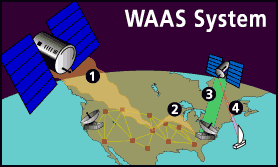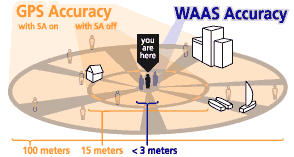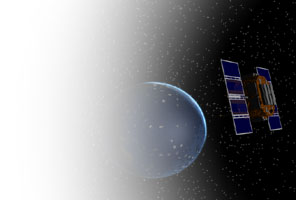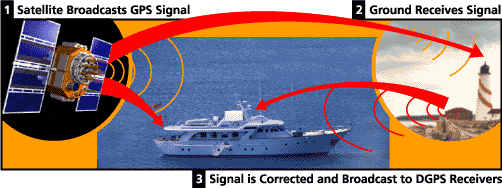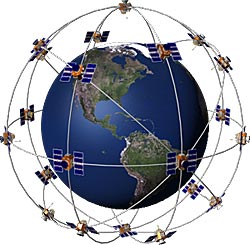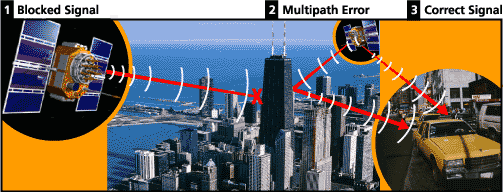
GET YOUR BODY IN MOTION
Key Benefits
- Formulated to enhance your body's joint health by increasing mobility and flexibility
- Encourages production of glycoproteins for healthy connective tissue and joint cartilage
- Delivers key nutrients to ensure your body maintains a healthy range of motion
- Features plant-derived glucosamine to improve range of motion
- Helps you maintain a healthy and active lifestyle
- Fight oxidative damage and aging using powerful antioxidants and polyphenols
Essential Facts
- Initial research suggests that drinking four ounces of MonaVie Active on a daily basis can enhance your body's antioxidant activity.
- Individuals who regularly consume MonaVie Active have reported an increase in vitality and an improvement in joint health.
- Features AçaVie™, an antioxidant rich ingredient that combines our patented açai/juçara freeze-dried powder and puree with Enlivenox™ a polyphenolic compound boasting 10 times the polyphenols of traditional açai.
- Extensive testing showed that MonaVie Active was free from all banned substances on the WADA Prohibited List, which consists of more than 170 substances from six categories.
(World Anti-Doping Agency, The 2008 Prohibited List, International Standard.) - Features a low score of 49 on the Glycemic Index (GI), which measures how the foods you eat impact your blood sugar levels.
Range of Motion Study*

Call for info : - 012-5472619 (Mr.Zahir)
- Malaysia




